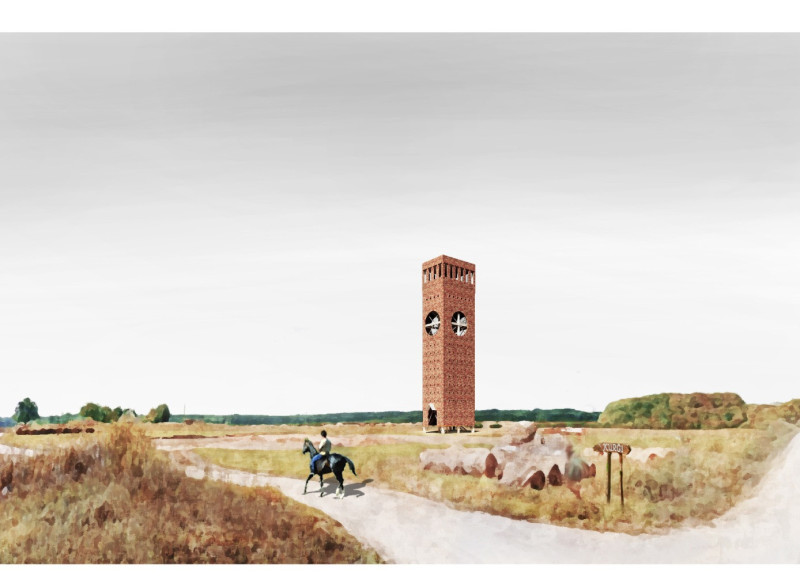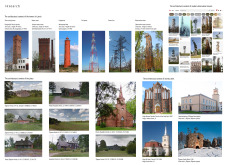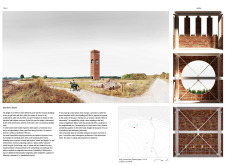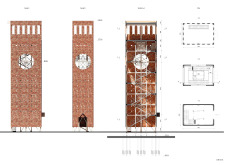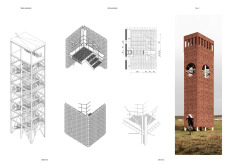5 key facts about this project
The design presents a collection of towers located in Latvia, each reflecting a mix of historical relevance and modern function. The towers are strategically placed, contributing to the cultural context while serving specific roles within their environments. The emphasis on height creates visual landmarks that enhance the architectural narrative of the area.
Historical Towers
The Shot Casting Tower, found in Daugavpils Skrošu rūpnīca, was completed in 1911 and reaches a height of 34 meters. It exemplifies early 20th-century industrial architecture, marking an important aspect of the region's production capacity. Its design conveys the essence of industry, offering a substantial presence within the surrounding landscape.
The Water Tower in Karosta, constructed in 1905 and standing at 37 meters tall, plays a significant role in the urban setting of this coastal area. More than just a water supply, the structure serves as a key landmark and embodies the relationship between infrastructure and community within the context of coastal architecture.
Contemporary Structures
The Observation Tower in Jūrmala, finished in 2010, rises to 33 meters and integrates into the natural layout of Dzintari Forest Park. This structure caters to modern recreational needs while offering views of the landscape. It marks a departure from historical designs, showcasing a modern architectural approach that meets current public usage expectations.
Geographical Context
These towers are distributed across notable regions in Latvia, including Daugavpils, Karosta, and Jūrmala. Each site enhances the understanding of the towers and responds to the local characteristics of its environment. The collection represents various architectural styles that respect historical traditions while catering to the requirements of contemporary society.
The distinct features of these structures, particularly their considerable heights and thoughtful placements, foster a clear architectural dialogue across Latvia’s diverse setting. Each tower reflects the ongoing relationship between historical significance, functionality, and architectural expression.


